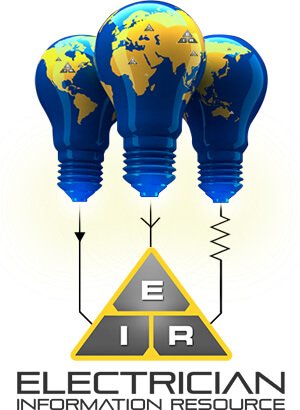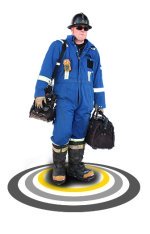Safety Vest: A Guide For Electricians
A safety vest must be worn in a variety of occupations. Whenever you need to be seen, you need to wear a vest that’s appropriate for your workplace.
However, not every safety vest is suitable in all situations. Just like with any other type of personal safety equipment, you need a vest designed for your particular job. Vests are classified according to the amount of reflective material on the vest itself.
The color of the vest does not affect how it is rated. It is, however very important that you know which classification your job requires and to buy the right vest for the job.
Choosing Your Vest
Aside from the different classifications, safety vests also come in a variety of styles. These styles include adjustable vests, safety jackets, breakaway vests and the economy vest.
One style may work better in certain conditions. Make sure you get the right one for your particular needs, and that the one you choose complies with the safety regulations of your company.
There are many occupations that require you to be seen. With new rules and regulations, just about every city worker has to wear a vest.
This is because far too many workers have been injured on the job. Careless drivers just do not see you in time. A very bright vest can prevent this.
OSHA Standards for Workplace Vests
OSHA vest requirements vary by the type of activity you perform.
An OSHA vests classified as an ANSI II or an ANSI III are designed to help you be seen when operating hazardous machinery or heavy equipment.
If you work for the city or county, your safety equipment will most likely be provided for you. Many companies outfit you with the proper safety gear, as well. But if you do have to buy your own safety gear, you will probably find the best deals online.
Generally, safety vests are available in orange, green and blue, are highly visible, and feature a special reflective quality.
Orange reflective vests are used in high traffic areas. They help drivers see you when you have to work near vehicles and other heavy machinery. Blue vests are usually worn by emergency personnel. They differentiate emergency workers from policemen or firemen. Even though all three are emergency workers, each has a different responsibility. The blue vest tells others that you are in the healthcare field.
Classes of Vest
For a safety vest to receive a Class II or Class III rating, it must pass certain criteria. Requirements include how much reflective material area, how much background material and whether or not the vest has sleeves.
Class II – This type of vest is required for people working near heavy equipment, operating large machinery or working around heavy traffic areas with speed limits of 25 to 50 mph. If your particular job does not have a specified vest requirement, and you are left to choose one for yourself, we recommend getting a Class II or Class III. These will provide much more visibility than the economy model.
The ANSI regulations state that a Class II vest must have retro-reflective material measuring 201 square inches in addition to 1,375 inches of reflective striping. Also, there must be 775 square inches of background material and must be sleeveless.
Class III – This class provides more visibility. They have sleeves, 1,240 square inches of background material, 310 square inches of reflective material and two-inch striping. This type is required for people working near traffic travelling at speeds in excess of 50 mph.
ANSI 207 safety vests – This is a special purpose vest. It is rated for public service workers, such as policemen, emergency response workers, firemen, and many other types of city workers.
Economy class vests – Look into the details of this type of vest if you come across it on the internet. Some online stores use this term to denote cheap or affordable. Read the description carefully before buying this type of vest.
Benefits of an Adjustable Safety Vest
In most working conditions how well your safety vest fits is not an issue. As long as it is visible to others, that is all that matters. However, as an electrician required to work in tight spaces, the last thing you want is for your vest to get caught on protruding objects. A snug fit could be much safer.
The problem is that an electrician often has to work outdoors in all sorts of weather. An adjustable vest is the ideal choice. In most working conditions how well your safety vest fits is not an issue. As long as it is visible to others, that is all that matters. However, as an electrician required to work in tight spaces, the last thing you want is for your vest to get caught on protruding objects. A snug fit could be much safer.
You can cinch the vest tight when you are wearing light clothing in warm weather. Or expand the vest to accommodate winter wear.
Another important reason you may wish to buy an adjustable vest is if you are a business owner. It can be quite costly to buy safety vests in various sizes.
You may choose to buy vests specifically sized for each employee. This would be a great option if none of your employees ever gain weight, lose weight or quit.
This makes buying vests for each employee not a good option. Buying a range of adjustable vests will accommodate workers of all shapes and sizes. Plus, it allows you to buy safety vests in bulk, which will generally save you a lot of money.
References




